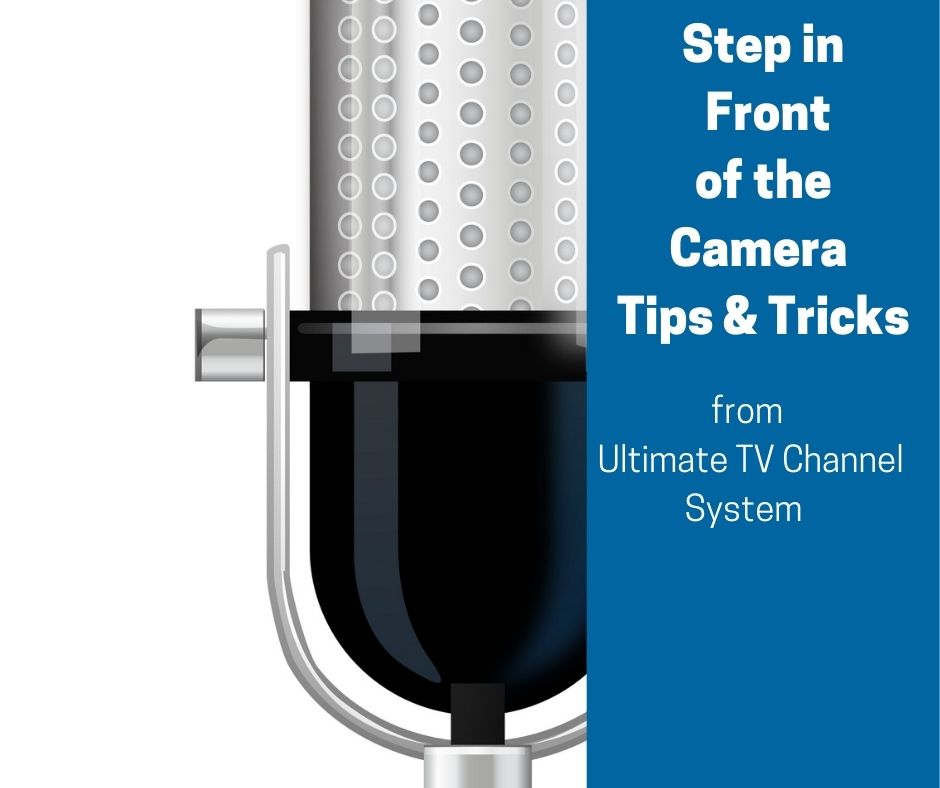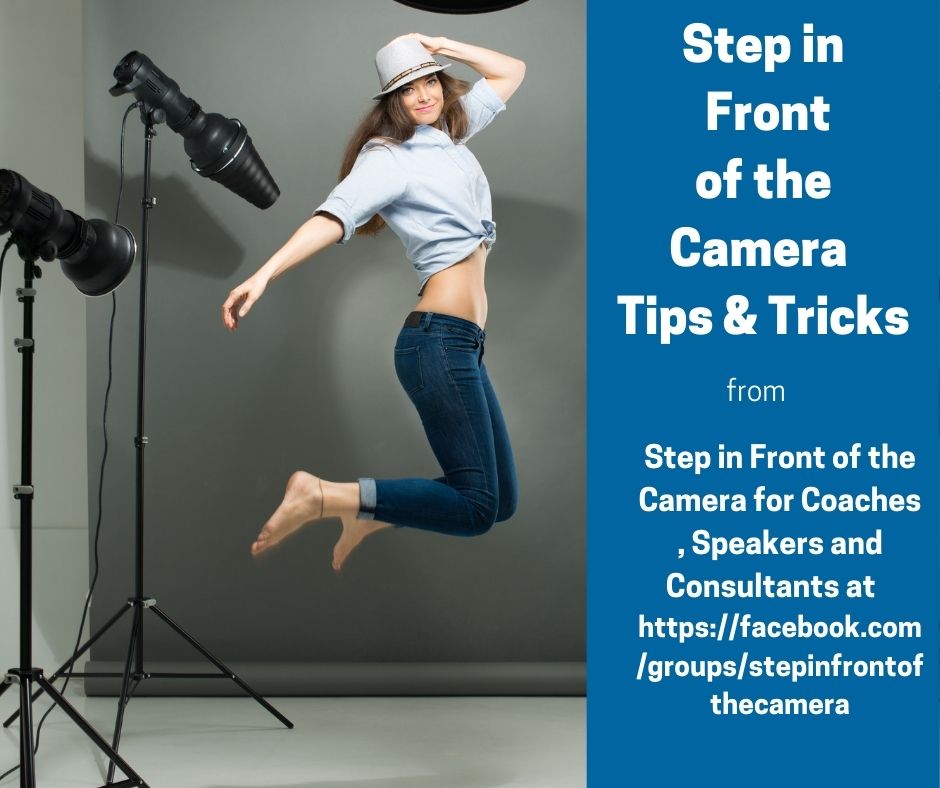Checking Audio Settings in Xsplit Broadcaster
Hello again, it's jane gardner. And today we're going to show you one step in front of the camera about your audio with Xsplit can, is better controlled than if you're on it on a regular basis with your, with just your webcam. Uh so of course, you set your sound in your system and your control panel as to which microphone you want to use and then sometimes the software will decide to change it on you.
So you always have to check um where your microphone is working and which one it is. So let me go and show you in the back. Um how you can check to make sure that you're using your ex split rather than your systems sound. So in the back of split, uh you just open up your log brio um and then you can check here for everything to make sure everything's ok?
Systems ok? Colors, ok, et cetera and effects are ok. Make sure there's nothing on that you're not expecting to be on and then you go up into tools and then settings and then we move it over so you can see it. So in this, in the settings for ex split, you want to make sure that your audio is ok. So, uh, you don't need an audio preview because you'll probably get a lot of, um, back to from that.
So you wanna keep that as none, you have to decide what system sounds. Uh the speakers are, uh when you're working with it. Um right now, all I'm going to do with my speakers is play back it once I've recorded. So I just want to make sure it's on the speakers that I want.
So I have some portable speaker speakers, real tech, for example. Um but you could also use your um computer speaker. Um I have some um high definition audio uh software. Um you could use the speakers in your computer, the real tech audio.
Um I have a microphone that also has um speaker settings and I can listen to whatever I've recorded through the speaker in may yet. But you didn't, wouldn't want to do that because you're gonna have um bounce back of your voice as you're talking. So it's very difficult to read to listen to.
So, yeah, so for this one, I happen to have some portable speakers that I use. So I set that to um this one and then of course you don't want to delay. Um um if you're into music and stuff, that's probably what that's good for. And then you have to make sure your microphone is the right one that you want to use.
So I use the microphone to record and I have accidentally had the split audio um on and it's lower, but it did record my voice. Um the default microphone. Um you don't even know what the default microphone is. You'd have to check that and make sure if it's the computer or the monitor.
And then of course, the loch brio, which is my webcam also has a microphone. So you don't want that, that one either because it's fairly quiet. So you want to make sure that the microphone is the one that you want to use the usb, especially make sure that that is picked as the microphone before you even start.
And usually for these kind of recordings, you just want to use mono, you don't want to use stereo and same with audio mixing. It's just automatic because you just want to keep it simple. And so that's, that's audio. Uh you have to check in the back of ex split to make sure the settings are ok. And so just apply and say, ok, and there you go.
So those should hopefully be still the same settings. So let's go back to a better scene. So it continuously uses those settings when you're broadcasting regardless of what scene you go into. Of course, you can change the um settings for the audio um for any scene.
Um you can, I i have to show that to you later because it's within the this um studio um scenes, you can uh turn off the or you can turn on the speakers. So if you had a video that you wanted to blast out on your production on a different scene, then you have to make sure that that speaker is on and doing the music that you want to do.
Of course, this one doesn't have any. So um that's where you basically control your audio for when you're broadcasting with split. Um obviously, when you're broadcasting with your webcam, you just make sure your settings are ok in the control panel for sound and that you've got the right microphone and the right speakers that you want to use because I have downloaded a new version of explicit occasionally and all of a sudden it's changed my microphone and my speakers and I have to do another recording because the first one was wrong. So that is one of the important things to do before you start a broadcast is to check your sound settings, audio for your microphone and your speaker before you start because you want to have the best.
.
Checking Audio Settings in Xsplit Broadcaster Read More »

